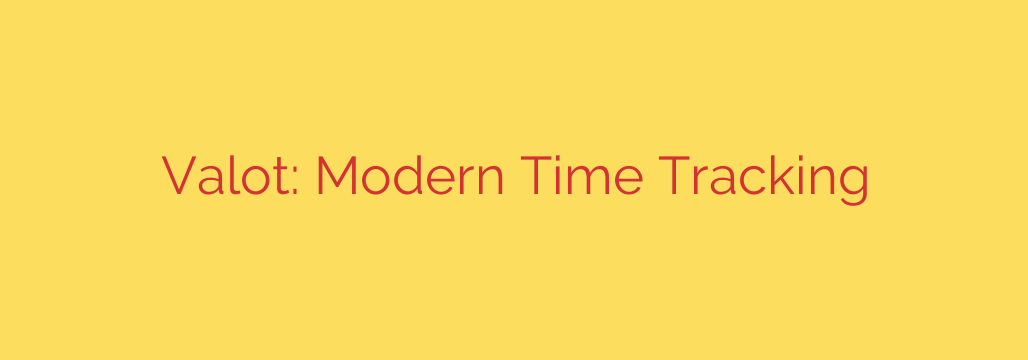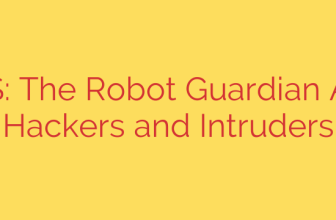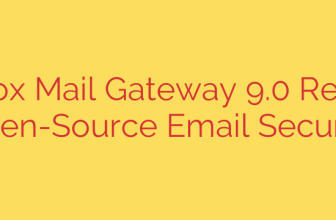
Stop Guessing, Start Knowing: The Power of Modern Time Tracking
Time tracking. For many professionals, the phrase alone conjures images of tedious spreadsheets, forgotten timers, and last-minute scrambles to piece together a workweek. Traditional methods are not just inconvenient; they are often inaccurate and can feel more like a tool for micromanagement than a catalyst for productivity. But what if time tracking could be effortless, private, and genuinely insightful?
The landscape of time management is evolving, moving beyond manual entries and into an era of intelligent, automated systems. This new approach respects your workflow, protects your privacy, and provides a clear, data-driven picture of how your most valuable resource—your time—is actually spent.
The Flaws in Traditional Time Management
For decades, the standard for time tracking has been the manual timer or the after-the-fact spreadsheet. These methods are fundamentally flawed because they rely on perfect human memory and discipline. The result is often guesstimation, which leads to inaccurate billing, skewed project planning, and a missed opportunity to understand and optimize personal or team productivity. Furthermore, many modern tracking solutions raise significant privacy concerns, with intrusive screen captures or keystroke logging that can erode trust.
A New Approach: Automated, Intelligent, and Private
Modern time tracking tools are built to solve these core problems by operating on a completely different philosophy. Instead of demanding your constant attention, they work quietly in the background to create an accurate log of your day, empowering you with knowledge without disrupting your focus.
Here are the key principles that define this new generation of time tracking:
Embrace effortless automation. The most significant leap forward is the move to automated tracking. Modern systems work by intelligently recognizing which application or document you are using and logging that time accordingly. There is no need to constantly start and stop a timer. Whether you’re in a code editor, a design application, or a client call, your activity is captured for you, ensuring a complete and accurate timeline of your day. This data is for your eyes only, ready to be reviewed and categorized when it’s convenient for you.
Put privacy at the forefront of design. Trust is essential. Cutting-edge time tracking platforms are built with a “privacy-first” approach. This means all your tracked data is stored locally on your own machine, not on a cloud server. You have complete control over your information. This local-first model eliminates the risk of data breaches and ensures that your personal work habits remain completely private. No one else can see your activity unless you explicitly choose to generate and share a report.
Transform raw data into actionable insights. Simply knowing you spent three hours in a specific app isn’t enough. The power of modern tools lies in their ability to help you understand the context behind your time. Using on-device intelligence, these systems can help you categorize your activities, tag them to specific projects, and generate powerful reports. This allows you to clearly see how much time is spent on productive tasks versus administrative work or distractions. These insights are crucial for accurate client billing, fair project quoting, and identifying opportunities to improve your personal workflow.
Actionable Tips for Choosing a Time Tracking Tool
When evaluating any time management solution, it’s critical to look beyond the feature list. Here are a few security and productivity-focused tips to guide your decision:
- Verify the Data Storage Policy: Always ask where your data is stored. For maximum security and privacy, prioritize tools that offer local-only data storage.
- Look for Passive Tracking: A tool should adapt to your work, not the other way around. Choose a system that can automatically log activity without requiring constant manual input.
- Ensure You Have Full Control: You should be the ultimate arbiter of your time data. Ensure the tool allows you to easily edit, delete, or re-categorize time entries to reflect the reality of your workday.
- Prioritize a Clean, Unobtrusive Interface: The best tools are the ones you barely notice. It should be easy to access when you need it and invisible when you don’t, allowing you to stay in your flow state.
Ultimately, the goal of modern time tracking isn’t just to log hours—it’s to reclaim control over your time. By leveraging automation and prioritizing privacy, these tools provide the clarity needed to work smarter, focus better, and build more efficient and transparent workflows.
Source: https://www.linuxlinks.com/valot-modern-time-tracking-application/








